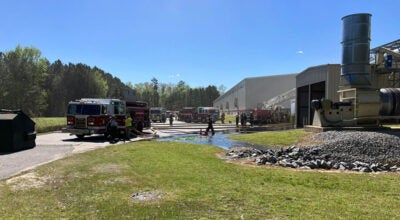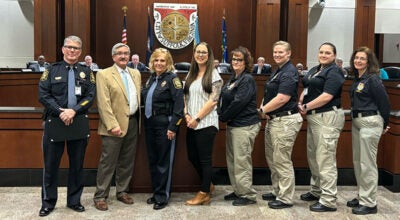New facility will recycle nutrients
Published 7:37 pm Thursday, November 12, 2009
The Hampton Roads Sanitation District Commission on Monday approved the construction of a facility in Suffolk that will recover pollutants from wastewater and recycle them into fertilizer.
“We’re putting in this new process,” said Nansemond Wastewater Treatment Plant manager Bill Balzer. “It’s a new technology that will allow us to recover the nutrients from one of our processes that we previously had to cycle back through the plant. By doing this, it will greatly enhance our treatment and also give us these nutrients that we will sell to Ostara.”
Ostara Nutrient Recovery Technologies will use a special process to remove about 85 percent of the phosphorus and 40 percent of the ammonia that would normally be returned back to the plant, located near the Monitor-Merrimac Memorial Bridge-Tunnel. Ostara then will convert the nutrients into an environmentally-safe fertilizer, called Crystal Green, which is typically marketed to specialty agricultural uses and golf courses.
“It’s a great process,” Balzer said. “We tested it here to make sure it would work.”
The wastewater comes to the plant from Suffolk, Portsmouth, Chesapeake, Smithfield and Isle of Wight County. The treated water, up to 30 million gallons per day, discharges into the James River, Balzer said.
The process will help protect the environmentally-sensitive Chesapeake Bay watershed, according to a press release issued from Ostara. The discharge of nutrients into the water causes algae blooms that choke marine life and upset the natural ecosystem. It has been identified by the Chesapeake Bay Foundation as one of the most serious problems affecting the bay.
The process, which will integrate directly with the HRSD treatment system, will be delivered and maintained by Ostara. HRSD will be responsible for constructing the facility.
“The exciting thing about this partnership is that we are implementing a green, sustainable technology that is recovering a reusable resource — phosphorus — and creating a marketable product,” Balzer said. “It’s a cost-neutral project that will help us solve our nutrient challenges with an environmental benefit.”





